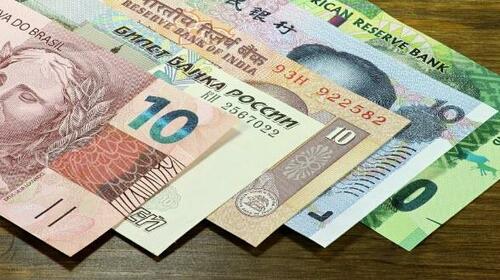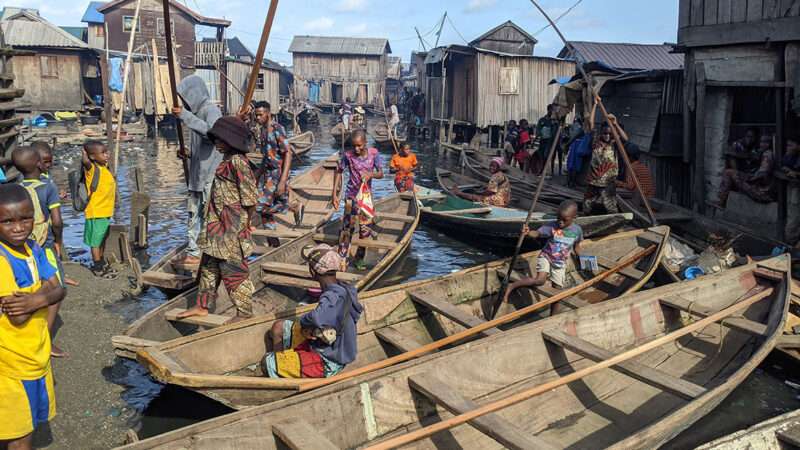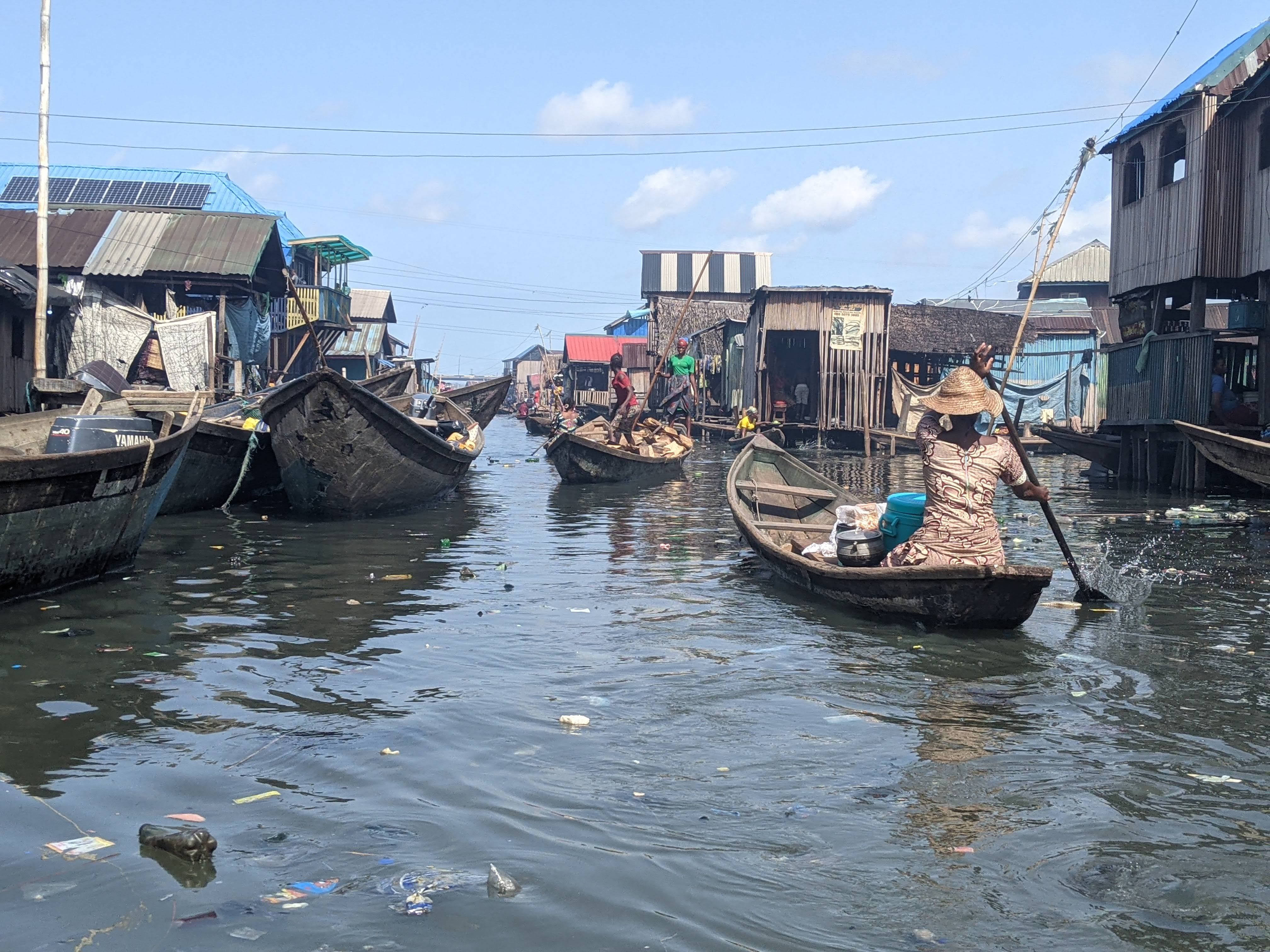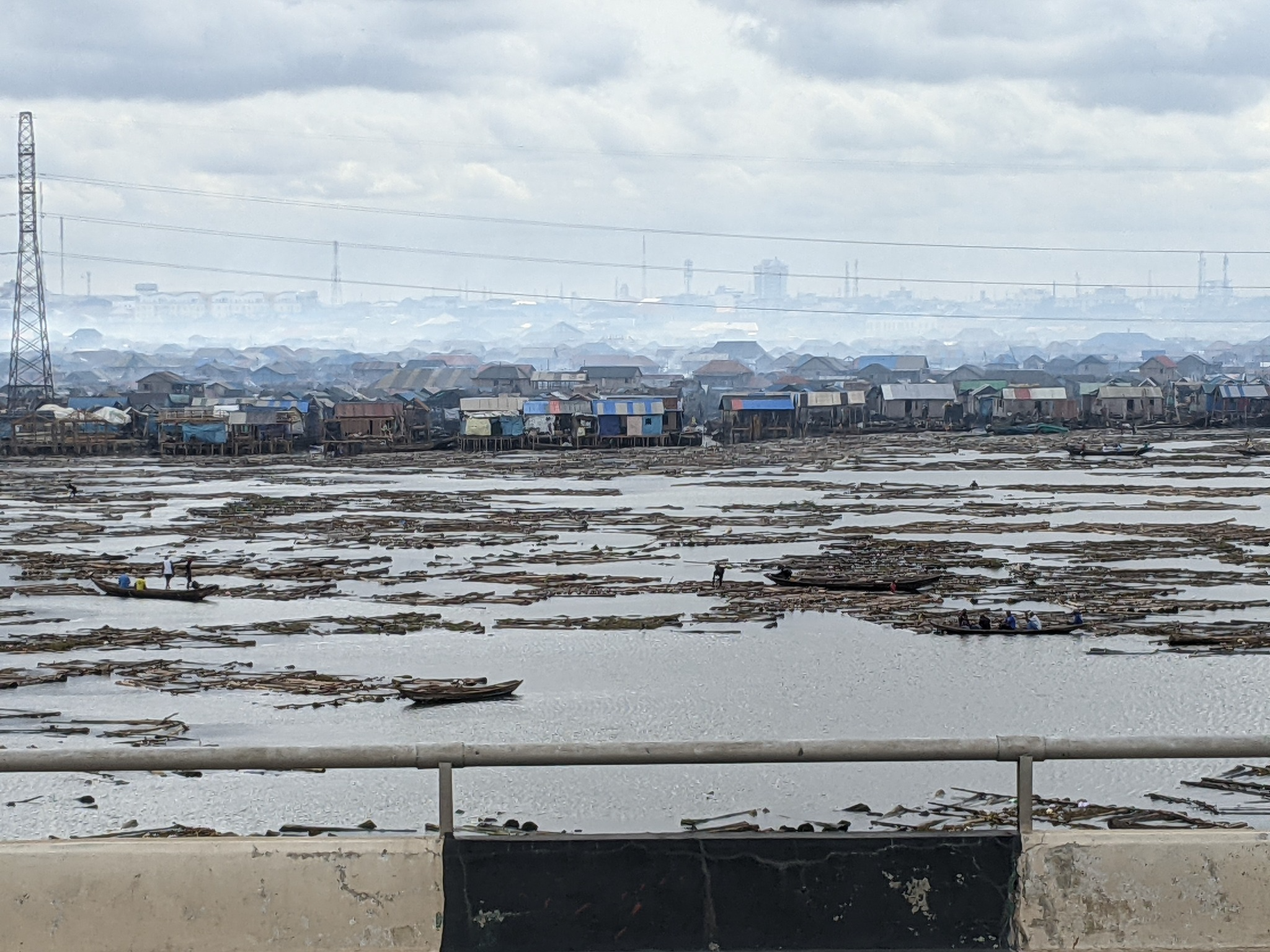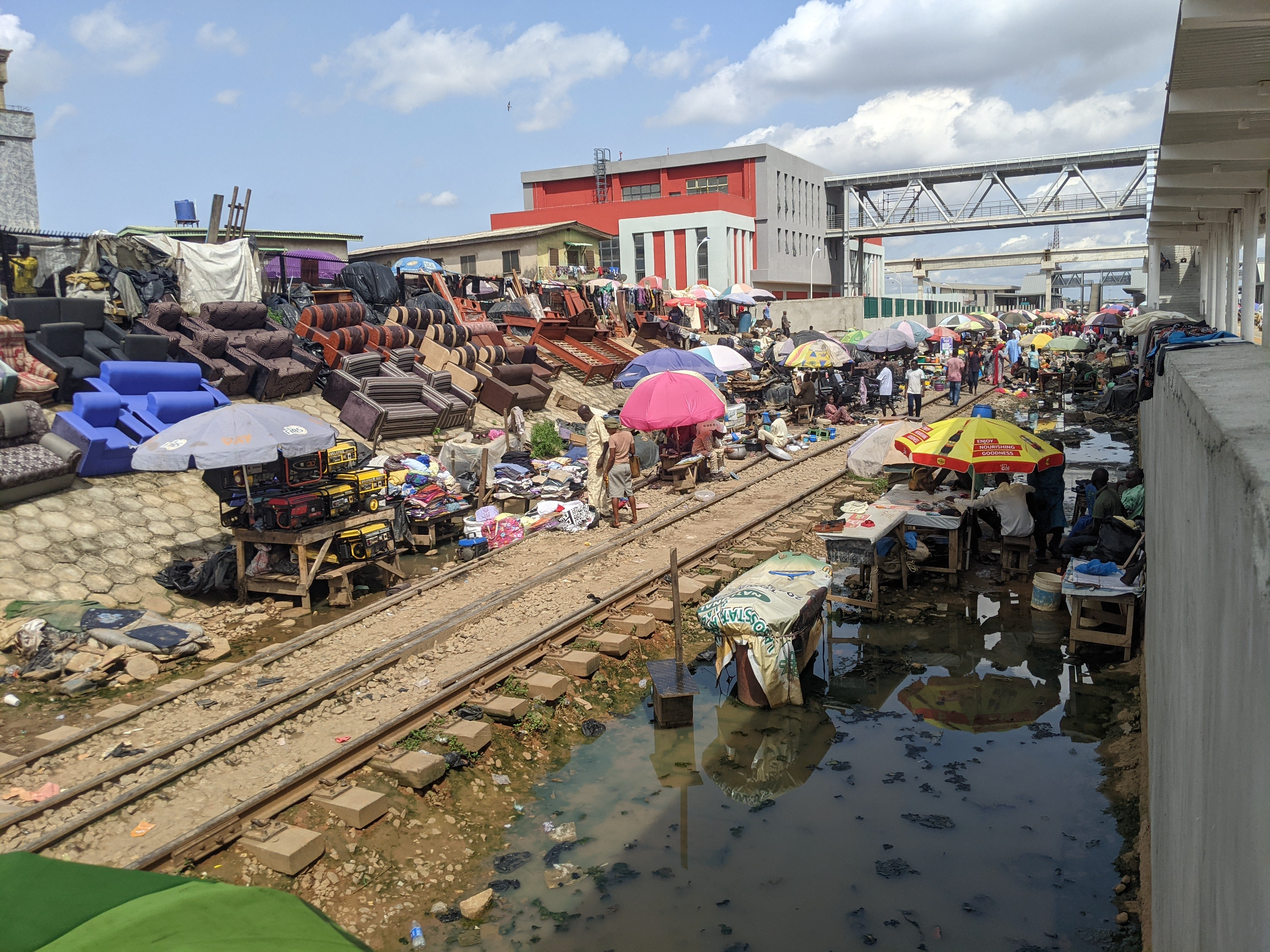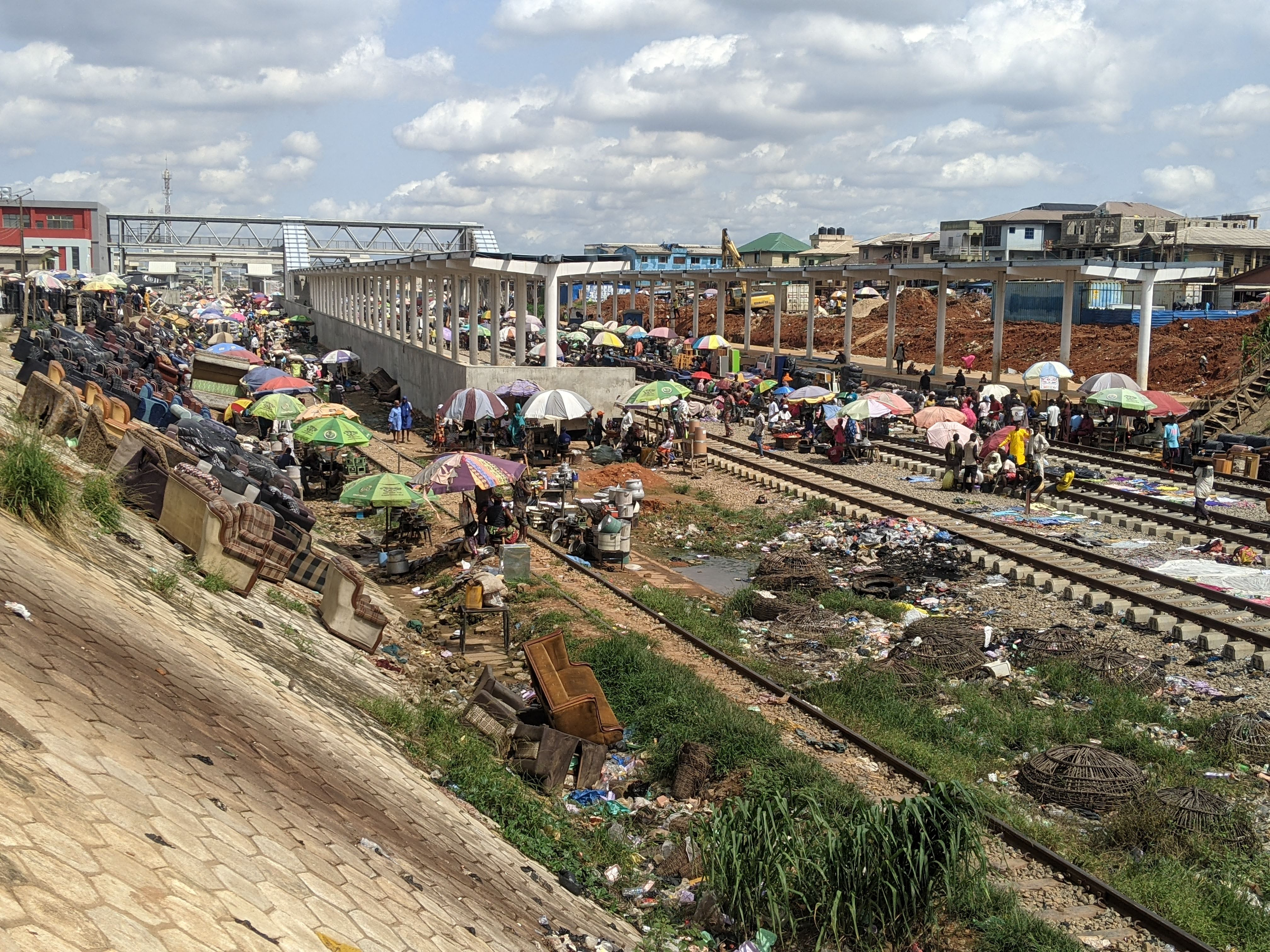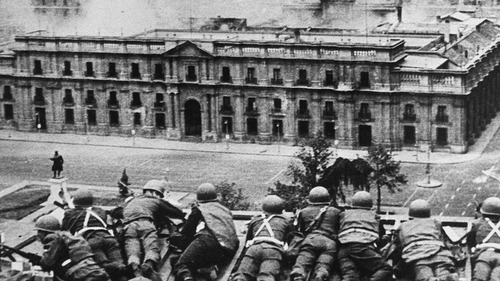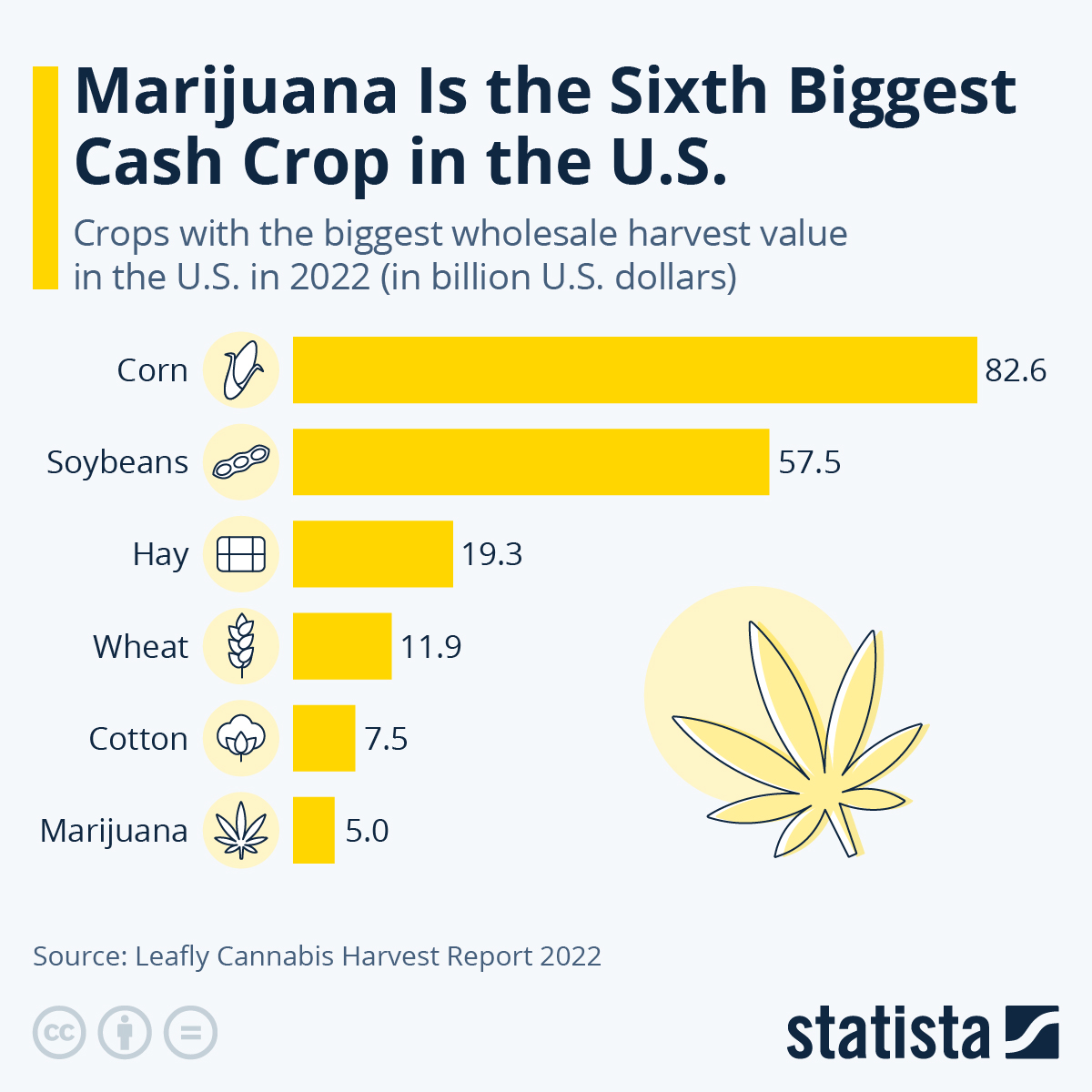As EU Pushes Massive $5BN In Annual Ukraine Aid, Hungary Blocks Latest Round Of Funding
EU foreign policy chief Josep Borrell has laid out a plan for the bloc to reach whopping $5 billion in weapons transfers to Ukraine annually for the next four years.
At a meeting of EU defense ministers in Spain this week, Borrell has been urging member states to contribute toward reaching this target, which also includes an EU-sponsored training program with its own ultra-ambitious goal of training some 40,000 Ukrainian soldiers by year’s end.
He said in statements issued Wednesday that the EU mission “has already trained 25,000 Ukrainian soldiers — some of them here, in Toledo, thanks to the Spanish army.”
It “will reach the objective, which was programmed for the end of the year, at the end of October, [when] we will have reached the 30,000 soldiers trained by this mission,” he detailed, before unveiling a new target: “I proposed to the ministers to raise the objective of the mission to 40,000 Ukrainian soldiers trained by the end of the year.”
All of this comes at a moment of near universal acknowledgement in the West that the Ukrainian counteroffensive is currently failing or at least stalled and disappointing. And because of this, there are growing calls even from within establishment sources – such as RAND Corporation – that serious diplomacy and ceasefire negotiations should be given a chance.
But Borrell’s immense funding and training goals for Ukraine are already being hampered by the longtime thorn in the side of EU technocrats – namely, Viktor Orban’s Hungary:
The EU has been unable to release €500 million in ‘European Peace Facility’ funding for Ukraine, due to opposition from one of the members, the bloc’s foreign policy commissioner Josep Borrell told reporters on Thursday. The country was later identified as Hungary.
“I have to regret that the 8th tranche of the European Peace Facility (EPF) is still blocked,” Borrell said after an EU ministerial meeting in Toledo, Spain. “I hope we will be able to unblock [it] in the next [few] weeks. But this is a problem that is still pending to be solved.”
Hungary has at this point blocked the EPF funds for months. Budapest has explained that this is in large part due to Kiev’s own efforts to punish a major Hungarian bank.
Ukrainian media has itself highlighted the following in the continued standoff between the EU and the Orban government:
-
Hungary opposes the allocation of the next tranche of €500 million from the European Peace Fund to EU member states due to Ukraine’s inclusion of the Hungarian OTP Bank in the list of “war sponsors”.
-
Hungary has already blocked the allocation of this tranche by EU member states several times, referring to the same problem.
-
The European Peace Fund, established in 2021, is an extra-budgetary instrument of the EU aimed at improving the EU’s ability to prevent conflicts and build peace. EU countries receive compensation for military assistance delivered to Ukraine from this fund.
-
In July, Hungary opposed the EU’s attempt to create a long-term fund of up to €20 billion to support the Ukrainian army.
Borrell has by end of this week signaled that most EU members are on board in terms of the massive commitment for new Ukraine aid and training, but clearly things are set up for a long-haul fight with Hungary amid threats and counter-threats.
Tucker Carlson asks Viktor Orbán what his next move would be in the war in Ukraine if he were in charge of NATO:
“Peace, immediately. Call back Trump. That’s the only way out.” pic.twitter.com/o8cR5OTtNX
— The Post Millennial (@TPostMillennial) August 29, 2023
Meanwhile, in a wide-ranging new interview this week with former Fox News host Tucker Carlson, PM Orban explained why the more money-more weapons approach is a losing proposition, and that the West needs to pursue peace at all cost. “The Russians are far stronger, far more numerous than the Ukrainians,” the Hungarian leader told Carlson. “Call back Trump. … Trump is the man who can save the Western world.”
Tyler Durden
Sat, 09/02/2023 – 08:45
via ZeroHedge News https://ift.tt/Yu0iorI Tyler Durden




